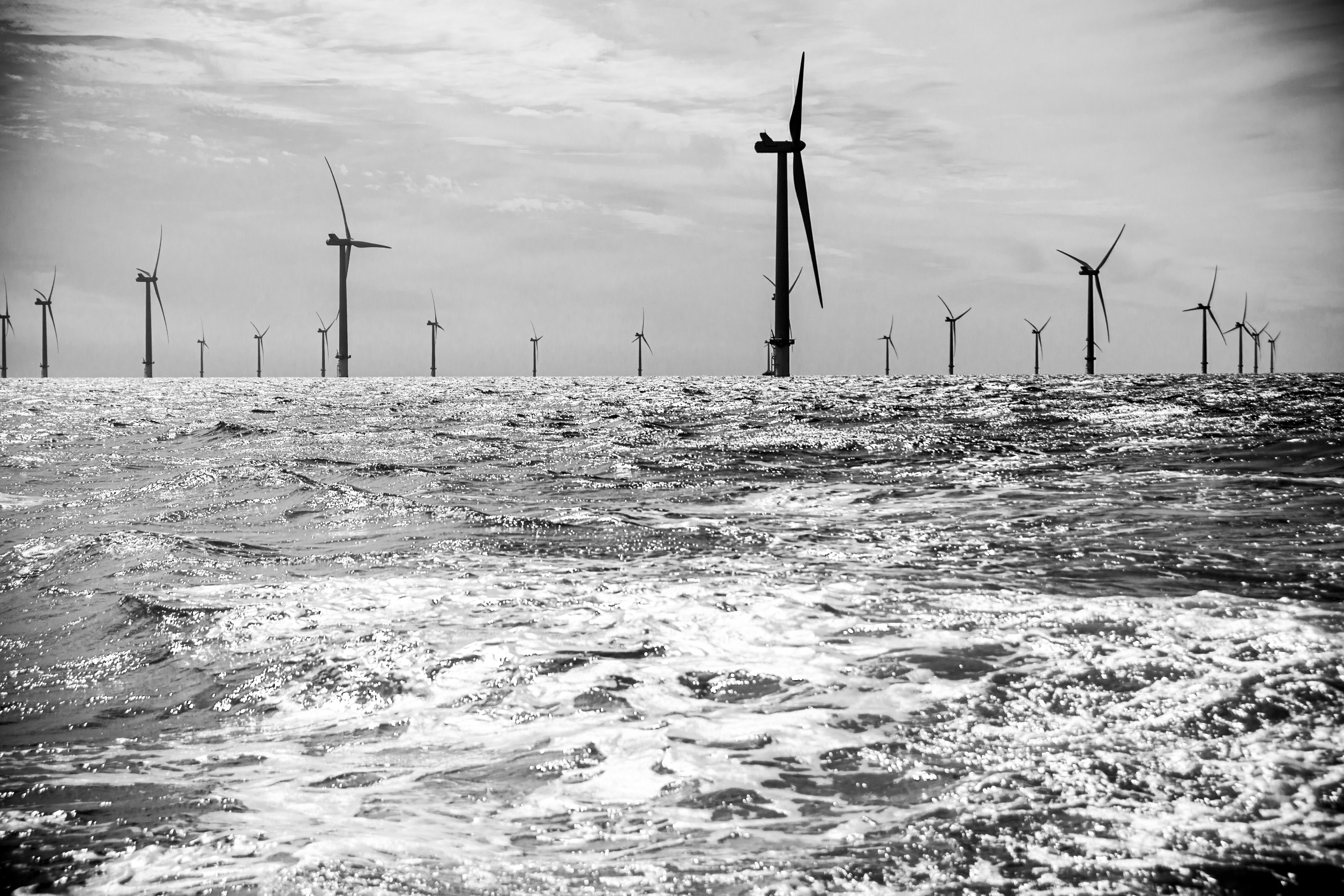The tumult in US offshore wind development has taken several steps lately, some forward, some not so much. Here is a quick overview of three serious events that are worth careful consideration.
First is the question of whether the developers will be able to bring forward their cost crisis and stick it to the ratepayers. As regular readers know, a lot of offshore wind project contracts with the client States have been pulled by the developers. They hope to come back with a higher price to cover their suddenly increased costs. The big Danish developer Orsted just pulled another contract in Maryland.
Well, the first of these new high-cost offers has indeed been accepted, in this case, by New Jersey. After all, the governor says, they want to go the impossible 100% renewables route as quickly as they can, making costs politically irrelevant. New Jersey ratepayers be damned.
There is a good chance that the other North Atlantic states will follow New Jersey, especially New York, Massachusetts, and Rhode Island, which have huge offshore wind construction targets.
Possibly countering this big push for wind is a major new lawsuit that has just been filed. The complaint is here: https://www.scribd.com/document/700695015/Offshore-Wind-Lawsuit
This suit alleges something that is obviously true, having been widely discussed here at CFACT. The Federal agencies that have quickly issued the offshore wind permits have simply ignored the destructive environmental effects. This is especially true for the collective impact of combinations of nearby projects.
Thus, the argument is procedural rather than substantive. Plaintiffs are not asking the Court to rule on the environmental science, which Courts are reluctant to do. They just want the Feds to do the proper job as mandated by the applicable environmental protection laws, of which there are several.
The complaint has two dimensions of consideration. One is the adverse impact of wind development on fish and, therefore, on the fishing industry. Thus, one of the complainants is a fishing trade association. One of my favorite legal maxims is “Never argue substance when you can argue procedure.”
The other dimension is the adverse impact on endangered species, especially whales. One of the plaintiffs is the Save the Right Whale Coalition. Here, the narrow issue is the threat posed by enormous offshore wind development to the severely endangered North Atlantic Right Whale.
Speaking of enormous, here is a good picture of one of the unbelievably huge monopiles driven into the sea floor to hold up an offshore wind turbine generator. The pile dwarfs the people. https://www.offshorewind.biz/2023/07/03/eew-rolls-out-first-ocean-wind-1-monopile/
The noise of this pile driving is extremely loud, disrupting the lives of whales and other endangered species. This disruption is not only recognized by the Feds, it is specifically authorized by NOAA. The disruption is called harassment, and every offshore project has a pile driving harassment authorization, which typically includes thousands of hapless marine mammals.
That this systematic harassment can cause deadly behavior on the part of the thousands of harassed critters is one of the top ongoing complaints against offshore wind development. For example, scaring whales into heavy ship traffic where they can be struck and killed.
Which brings us to our third big event. The Feds have just released the final version of their so-called “North Atlantic Right Whale and Offshore Wind Strategy”. I say so-called because there is no strategy.
The Federal plan is to drive the thousands of piles on a bunch of big projects, many at the same time, and see what happens to the whales. The word “harassment” does not even occur in the document. Deadly harassment is simply ignored.
If the Right Whales go extinct, there is no way to bring them back, so watching and waiting is not a protection strategy. This is the kind of systematic denial that the lawsuit calls out.
So there it is. The price of offshore wind may be going way up, but a lawsuit is asking for a more complete look at the adverse impacts. Meanwhile, the impact of offshore wind on severely endangered whales continues to be ignored by the development agencies.
The times they are a changing. Stay tuned to CFACT.
